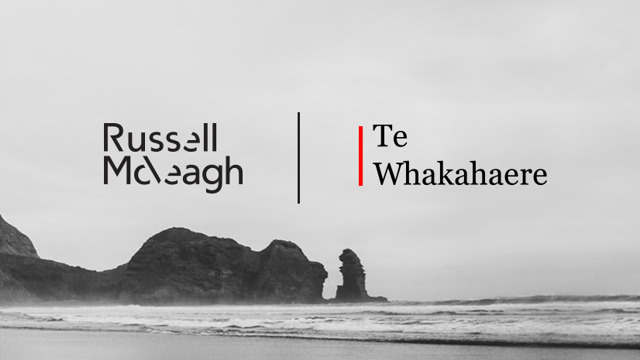Yesterday, the Minister for Climate Change released the Climate Change Commission's (Commission) second annual advice on the Emissions Trading Scheme (ETS) unit limits and price control settings, covering the period 2024-2028 (Advice).
The advice recommends significantly reducing the number of New Zealand Units (NZUs) available for auction from 2026 and raising trigger prices, with the aim of incentivising emissions reductions in line with Aotearoa New Zealand's (NZ) emissions budgets. If followed, the changes are likely to have flow-on effects for secondary market prices.
Businesses interacting with the ETS should pay careful attention to the Government's response to this latest piece of advice, and how it intersects with other ETS reforms underway or on the horizon (see our previous updates here and here). While those reforms aim to address key issues such as the appropriate balance between "net" and "gross" emissions, the ongoing policy uncertainty will continue to cause challenges for businesses looking to make investment decisions based on the comparative cost of NZUs to emissions reducing initiatives.
The Government will now consider the Commission's advice and run a public consultation, with final decisions on ETS settings to be made in time for the regulations to be updated by 30 September 2023, with the new settings coming into force on 1 January 2024.
A summary of the Commission's advice is below. If you would like to discuss the Commission's advice further, please get in touch.
Summary of Commission's advice on ETS settings
The Commission's advice is broadly in line with its previous advice (for the 2023 - 2037 period), which the Government decided in December 2022 to reject in part on the basis that increases to NZU prices at that time would contribute to cost of living pressures. Following that decision, NZU prices have dropped dramatically, with the first ETS auction of the year failing to reach the confidential reserve price.
Against that background, the Commission calls on the Government to implement its advice in full to bring the ETS settings into step with emissions budgets and targets, and notes that the Government has social policy tools available to it other than constraining NZU prices to address equity issues. The Commission also notes that, should the Government fail to follow its advice and continue to set price controls that keep emissions pricing at lower levels, it will need to introduce additional mitigation policies to reduce emissions in line with NZ's budgets.
The table below summarises the Commission's recommended settings as against the current settings, with notes explaining key features of the advice.
NOTES |
FIXED AND CONNOT BE CHANGED |
UPDATED RECOMMENDATIONS |
||||
|
|
2024 |
2025 |
2026 |
2027 |
2028 |
|
|
Current annual auction volumes including CCR volumes (million units) |
Note 1 |
24.8 |
22.5 |
20 |
17.6 |
Not set |
|
Proposed annual auction volumes including CCR volumes (million units) |
Note 1 |
24.8 |
22.5 |
15 |
13 |
10.6 |
|
Current auction reserve price |
Note 2 |
$35.90 |
$38.67 |
$41.45 |
$44.35 |
Not set |
|
Proposed auction reserve price |
Note 2 |
$35.90 |
$38.67 |
$72 |
$75 |
$79 |
|
Current CCR trigger price |
Note 3 |
$91.61 |
$103.24 |
$115.84 |
$129.97 |
Not set |
|
Proposed tier 1 CCR trigger price |
Note 3 |
$91.61 |
$103.24 |
$205 |
$215 |
$226 |
|
Proposed tier 2 CCR trigger price |
Note 3 |
N/A |
N/A |
$256 |
$269 |
$282 |
|
Current and purposed annual auction volumes of approved overseas units |
Note 4 |
0 |
0 |
0 |
0 |
0 |
Note 1: This is the volume of NZUs available to be auctioned each year, including the additional cost containment reserve (CCR), being additional units that get released to the market if the CCR trigger price is reached at auction. In part, the decision to significantly reduce auction volumes from 2026 onwards aims to incentivise a reduction in the current stockpile of NZUs held in the market.
Note 2: Historically, auction prices have always met the auction reserve price, although the first auction of 2023 failed to meet the separate, confidential reserve price. The Commission considers that the auction reserve price is set too low to adequately address risks around market oversupply and recommends an increase to align prices with the minimum NZU price path compatible with NZ's emissions budgets.
Note 3: While the CCR is intended to be used only rarely, it has been triggered in 3 of the last 7 auctions. The Commission recommends raising trigger prices to "put them well outside where the market may need to operate to be consistent with meeting emissions budgets." In addition, the Commission recommends introducing a "two-tier" CCR, which would mean the release of any CCR volumes would be staggered, reducing the risk of meeting emissions budgets should additional units be released.
Note 4: The Government's emission reduction plan states that significant offshore mitigation is likely required to meet the emissions budget. Currently, there are no approved overseas units nor clarity as to when or how offshore mitigation will be accessed. Due to this uncertainty, the Commission's Advice assumes zero overseas units. The Commission's unit limits and price control settings may need to be updated in the future to reflect the Government's implementation of offshore mitigation adding to the ongoing policy uncertainty.



